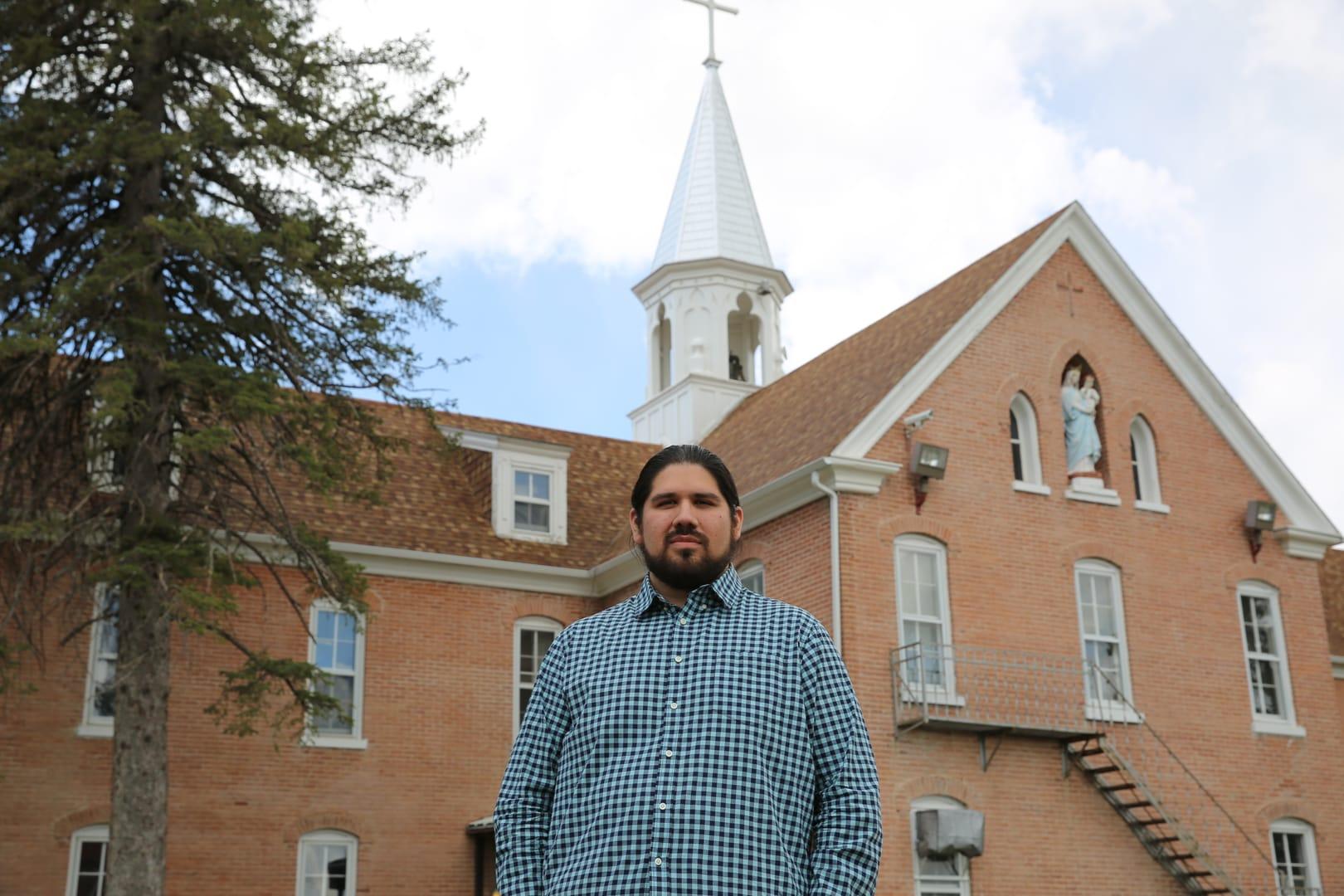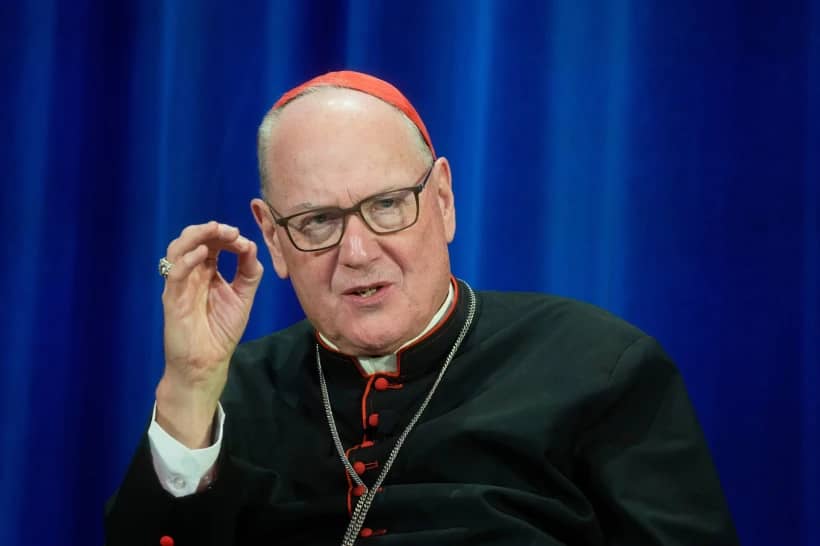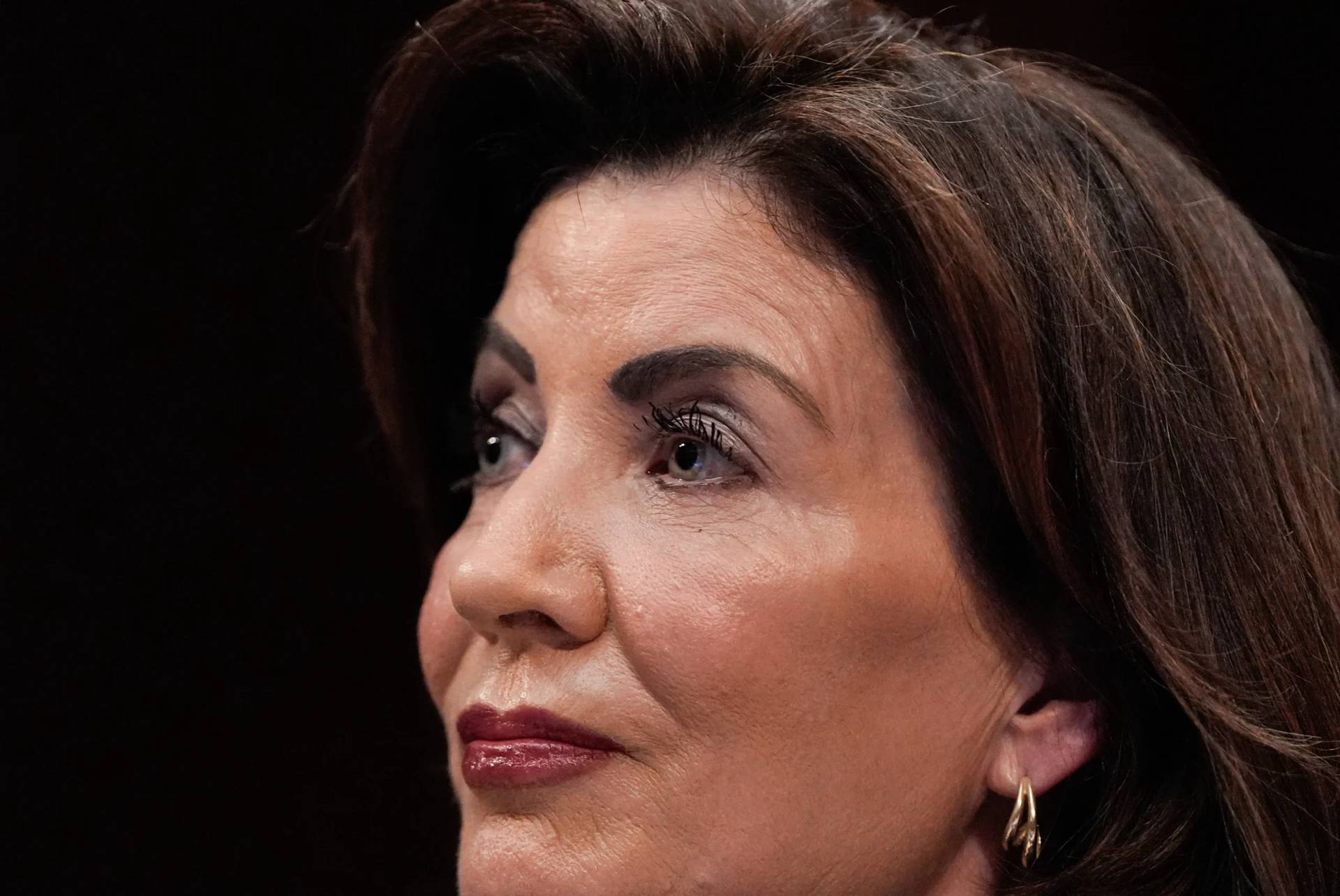NEW YORK – When Maka Black Elk attended the Red Cloud Indian School he remembers a friend relaying a story from her grandmother that when she attended the school a Jesuit priest would come to the dormitory at night and escort one of the girls somewhere else.
The assumption, he said, was that there was sexual abuse happening.
“[My friend] talked about her grandma saying that she was just a little girl and a thought she had was ‘he never picks me because I’m not pretty enough’ and how that was a lasting thought that was both horrifying to recall and stuck with her,” Black Elk told Crux.
The Red Cloud Indian School, on the Pine Ridge Indian Reservation in South Dakota, was founded as the Holy Rosary Mission School by the Jesuits and Franciscan Sisters in 1887. It was a part of a national U.S. policy to assimilate Indigenous peoples into American Culture, where students couldn’t speak their language or practice their culture, and other abuses took place.
In 1969, the school was renamed Red Cloud Indian School. By 1980 it became a day school only. Black Elk, part of the Oglala Lakota Nation, attended the school in the 2000’s, long after the abuses took place, and “loved his time there.” During his high school years, he learned about the abuses that took place at Native American boarding schools, and heard stories that were of both positive experiences, and akin to the one above that he said “he’ll never forget.”
Through those stories Black Elk recognized the need for healing in his community. Now years later, it came full circle for Black Elk last July when he set out on a mission for community healing as the Red Cloud Indian School’s first ever executive director for truth and healing.
“The reason why this work is so important to me is that it’s clear that there’s a great need for healing. There’s a real need to find closure and a sense of justice and even just the truth,” Black Elk said. “Even just that power of the Jesuits being able to admit that is already a beginning of healing for some people and I just feel like [healing] is possible and I just think this work is so important and so worth it.”
The work is also personal. Black Elk’s father attended a Native American boarding school, as did his mother, but after it was transitioned to a day school. His family lineage of Native American boarding school attendees continues through his grandparents, all the way back at least until his great-great grandfather Nicholas Black Elk, who is up for canonization.
“This is my history too. This is the history of my family and there’s a real power in sort of understanding that and knowing that this isn’t going to be an easy process for people to come to terms in different ways,” Black Elk said.
Black Elk is also Catholic, which he added makes him want to further “disentangle and understand” the history of the Catholic Church’s involvement.
About a year into the role last month, the Foundations and Donors Interested in Catholic Activities awarded him the 2021 Catholic Leadership Award. Alexia Kelley, the president and chief executive officer of the foundation, said Black Elk is “leading ground-breaking and critical work at the local and national level for truth and reconciliation in our Church and our country.”
However, Black Elk’s the first to admit that he’s hardly scratched the surface of this work. The school’s approach to healing, he said, will follow four steps – confrontation, understanding history, healing and transformation.
Black Elk is still at the point working out the approach to the confrontation stage, which he said is engaging in truth telling and creating both public and private spaces for boarding school attendees to share their experiences, as well as accessing archives and records from the schools. He said the biggest challenge is the complex history and different experiences people had.
For example, the outlook of those who attended Red Cloud Indian School in the late 1960’s and 1970’s when it shifted away from the assimilative model are largely positive, making it difficult for some of them to confront the history.
Even those that experienced the schools earlier in the 20th century, Black Elk noted the history of what took place isn’t black and white.
“It’s a very gray history because boarding schools were both places of incredible cultural oppression, and even genocide, and yet they were also places of empowerment and resistance,” Black Elk explained. “Students resisted some of these things in different ways over the years.”
One story in particular that he vividly recalls was a student keeping their language in their back pocket and pulling it out and whispering it to other kids when no one was around as a way to never forget their native language.
“That’s a form of resistance. That’s a powerful story of resistance,” Black Elk said.
Earlier this year, the type of history Black Elk is working to address became headline news in the U.S. and Canada when the remains of more than 215 children who were students at the Kamloops Indian Residential School in British Columbia were discovered near the school.
Black Elk said what was challenging for him in the wake of the discovery was the realization that it’s possible people in his community know who’s there. He said while the discovery served as a revelation for many non-indigenous people, it “wasn’t surprising,” or, “new information” to indigenous communities because “these are our family histories that people died, students died at these institutions for various reasons.”
He hopes the revelation can be another step towards bringing this topic to the forefront.
“When this news came out, this was a reminder of just how terrible this has been and I think what this tells us is this is a story that has been waiting to be addressed and was maybe never a part of the critical consciousness of many Americans, but it should be,” Black Elk said.
Follow John Lavenburg on Twitter: @johnlavenburg














